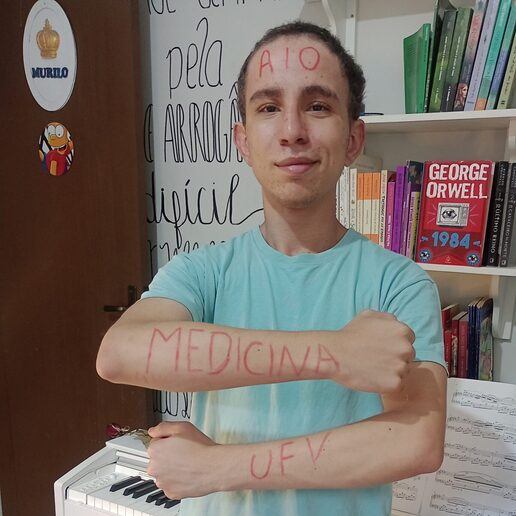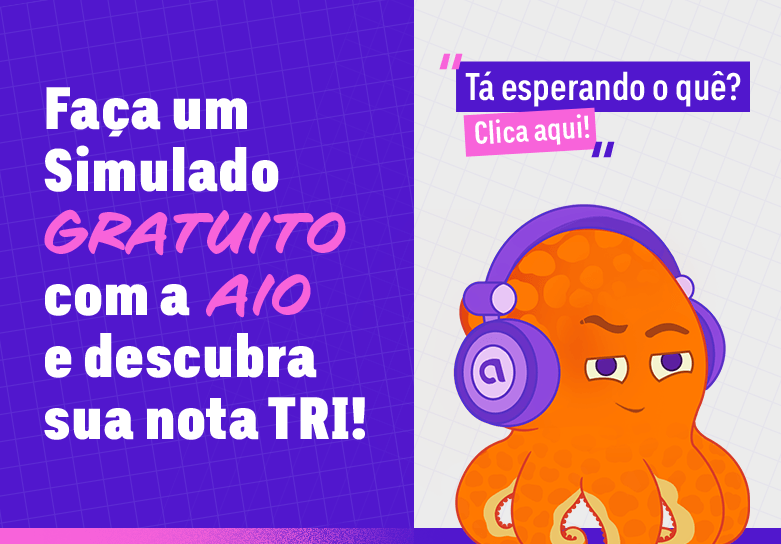PUC-Rio G (1,3,4) 2016/1
Tsunami science:
advances since the 2004 indian ocean tragedy
The Indian Ocean tsunami was one of the worst
natural disasters in history. Enormous waves struck
countries in South Asia and East Africa with little to
no warning, killing 243,000 people. The destruction
played out on television screens around the world,
fed by shaky home videos. The outpouring of aid in
response to the devastation in Indonesia, Sri Lanka,
Thailand and elsewhere was unprecedented.
The disaster raised awareness of tsunamis and
prompted nations to pump money into research
and warning systems. Today (Dec. 26), on the 10th
anniversary of the deadly tsunami, greatly expanded
networks of seismic monitors and ocean buoys are on
alert for the next killer wave in the Indian Ocean, the
Pacific and the Caribbean. In fact, tsunami experts
can now forecast how tsunamis will flood distant
coastlines hours before the waves arrive. But hurdles
remain in saving lives for everyone under the threat of
tsunamis. No amount of warning will help those who
need to seek immediate shelter away from beaches,
disaster experts said.
Since 2004, geologists have uncovered evidence
of several massive tsunamis in buried sand layers
preserved in Sumatran caves. It turns out that the
deadly waves aren’t as rare in the Indian Ocean as
once thought. “We had five fatal tsunamis off the
coast of Sumatra prior to 2004,” said Paula Dunbar,
a scientist at NOAA’s National Geophysical Data
Center. Over the past 300 years, 69 tsunamis were
seen in the Indian Ocean, she said. Despite the risk,
there was no oceanwide tsunami warning system in
the region. Now, a \$450 million early-alert network is
fully operational, though it is plagued with equipment
problems. Essentially built from scratch, the \$450
million Indian Ocean Tsunami Warning System
includes more than 140 seismometers, about 100
sea-level gauges and several buoys that detect
tsunamis. More buoys were installed, but they have
been vandalized or accidentally destroyed. The
buoys and gauges help detect whether an earthquake
triggered a tsunami.
Getting the warnings down to people living in
remote coastal areas is one of the biggest hurdles
for the new system. Not all warnings reach the local
level. And not every tsunami earthquake is strong
enough to scare people away from shorelines. In
Sumatra’s Mentawai Islands, a 2010 tsunami killed
more than 400 people because residents failed to
evacuate in the short time between the earthquake
and the tsunami’s arrival. The shaking was simply not
strong enough to trigger people’s fear of tsunamis,
even though islanders had self-evacuated after a
2007 earthquake, according to an investigation by the
University of Southern California’s Tsunami Research
Center. There was also no clear-cut warning from the
regional tsunami alert system.
Another hurdle is learning how to accurately
forecast reflected tsunami waves. The 2004 Indian
Ocean tsunami ricocheted off island chains, and some
of the worst flooding arrived unexpectedly late in
places like Sri Lanka and Western Australia. “I found
a boat on the middle of the road, and at that point
knew it was a tsunami,” recalls Charitha Pattiaratchi,
a University of Western Australia tsunami expert who
was driving on a coastal Sri Lankan road on Dec. 26,
2004. “I came to the conclusion that I was safe. Well,
I was wrong. Twenty minutes later there was seven
meters of water where I had been standing, and two
hours later there were still more waves coming.”
A tsunami warning can go out just five minutes
after a submarine earthquake raises or lowers the
seafloor, thus launching a tsunami. For more detailed
predictions of the wave’s impact, such as the extent
of flooding, scientists rely on data collected by
seismometers, GPS stations, tide gauges and buoy
systems, which is relayed by satellite to warning
centers. Computer models then convert the data into
detailed tsunami simulations, which are based on
more than 2,000 real-life examples.
After an earthquake, scientists with NOAA’s
tsunami warning centers now spend about an hour
working out the details of a tsunami forecast, said
Vasily Titov, director of NOAA’s Center for Tsunami
Research. The results project when the wave will
arrive at shorelines and harbors, estimate tsunamiinduced
currents and gauge the height of the waves.
The agency’s goal is to dramatically reduce that hourlong
delay. “We’re now at the point where we want to
do it in five minutes,” Titov said. That means building
out the seismic network, getting a faster response
from the sea-level sensors and speeding up the
computer forecasts. “When these three components
come together, then we can save everybody,” Titov
said.
By Becky Oskin, Senior Writer. Adapted from http://www. livescience.com/49262-indian-ocean-tsunami-anniversary. html. December 26, 2014.
Choose the item in which the idea introduced by the underlined expression is correctly described.
“In fact, tsunami experts can now forecast…” (lines 15-16) Addition
“Since 2004, geologists have uncovered evidence ….” (line 22) Cause
“….even though islanders had self-evacuated ….”(line 52) Contrast
“There was also no clear-cut warning….” (line 55) Sequence
“… then we can save everybody” (line 93) Emphasis
E mais: nota TRI a todo o momento.





